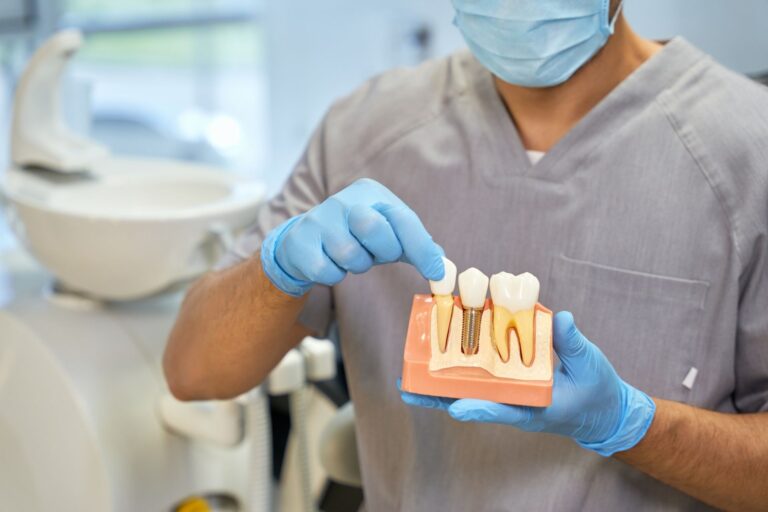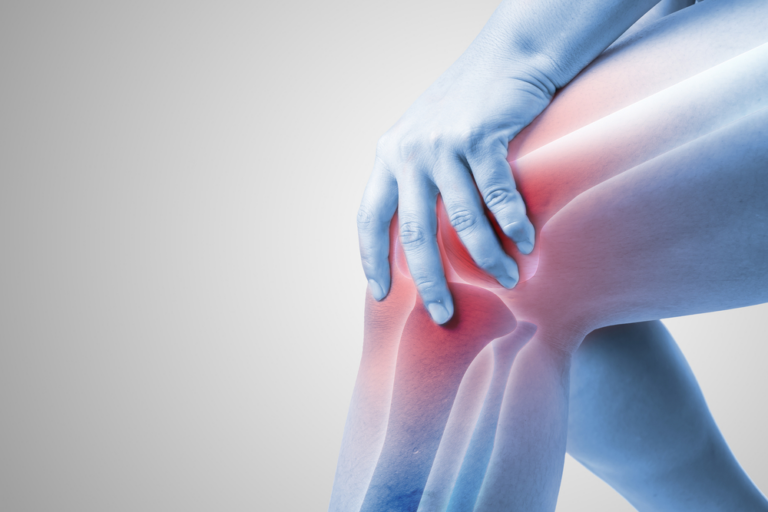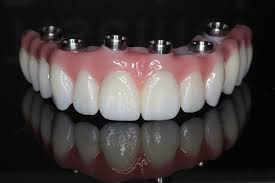Exploring The Wide Spectrum Of Applications For Nanodrop Technology

In the realm of modern scientific advancements, nanotechnology has emerged as a groundbreaking field with a myriad of applications across various disciplines. One such innovation is nanodrop technology, a game-changer in the field of spectrophotometry. Nanodrop technology offers precise measurements in microvolume, revolutionizing the way researchers analyze and quantify nucleic acids, proteins, and more. This article delves into the common applications of nanodrop technology and its transformative impact on diverse scientific arenas.
Nanodrop In Nucleic Acid Analysis
One of the most notable applications of nano drop technology lies in nucleic acid analysis. Traditional spectrophotometry methods required larger sample volumes, making it challenging to work with precious or limited samples. Nanodrop spectrophotometers allow researchers to measure DNA, RNA, and oligonucleotide concentrations with just a few microliters of sample. This advancement is instrumental in fields like genomics, where accurate DNA quantification is crucial for tasks ranging from gene expression studies to next-generation sequencing library preparation.
Protein Quantification And Analysis
Nanodrop technology also finds extensive use in protein analysis. Accurately quantifying protein concentrations is essential for a wide range of research, from biomarker discovery to drug development. Nanodrop spectrophotometers enable researchers to determine protein concentrations in minute sample volumes, reducing the need for large amounts of precious proteins. This is particularly valuable when working with rare or difficult-to-obtain proteins, as well as for optimizing protein purification protocols.
Microbiology And Cell Culture Studies
Nanodrop technology has made it possible to conduct research that is both more efficient and accurate, particularly in the field of microbiology and investigations of cell culture. Researchers can accurately manage cell growth and optimize experimental settings thanks to the use of nanodrop spectrophotometers, which can be used, for example, to quantify bacterial cell density or yeast culture concentrations. This technology is helpful in a variety of applications, from the transformation of bacteria to determining whether or not a cell is viable.
Drug Discovery And Development
The pharmaceutical industry benefits significantly from nanodrop technology. Drug discovery and development involve extensive analysis of potential compounds, often in small quantities. Nanodrop spectrophotometers facilitate the measurement of drug concentrations, which is crucial during drug formulation and quality control processes. This technology expedites the screening of compounds and aids in the design of effective drug delivery systems.
Agricultural And Environmental Sciences
The application of nanodrop technology is very important in the fields of both agricultural and environmental sciences. Researchers can evaluate the quality of the DNA or RNA that is extracted from plant samples, contributing to efforts to improve crop yields through genetic research. Environmental research can also benefit from nanodrop technology since it gives scientists the ability to quantify DNA quantities in soil or water samples, which is useful for ecological monitoring and studies of biodiversity.
Clinical Diagnostics And Point-Of-Care Testing
The development of nanodrop technology has facilitated significant progress in the field of clinical diagnostics. Point-of-care testing, often known as POCT, is dependent on assessments of biomarkers that are both quick and accurate. With the help of nanodrop spectrophotometers, medical experts can quantify biomolecules such as glucose, proteins, and nucleic acids using extremely small quantities of sample material. This technique boosts the efficiency of point-of-care testing (POCT) devices, making them acceptable for use in environments with limited resources.
Conclusion
Nanodrops have revolutionized scientific research and analysis in a wide range of disciplines. Its ability to provide precise measurements based on micro volumes of samples has revolutionized nucleic and protein analysis as well as microbiology. The nanodrop technology has shaped the future of science and innovation by enabling researchers to work with small samples without compromising accuracy. As nanotechnology advances, we can anticipate further refinements and applications for this transformative technology.




